Confused about sideboards vs hutches? Sideboards hide clutter in low cabinets. Hutches stack display shelves on top. Pick the right one for your space, storage needs, and entertaining style.
Furniture shopping can become confusing when you encounter terms like "sideboard" and "hutch."
Many people mix up these two pieces or think they're the same thing. Even experienced homeowners pause when deciding between these storage options.
This guide breaks down what makes each piece unique. We'll cover their different features, typical uses, and storage capacity. You'll also learn which rooms work best for each piece.
You'll receive practical tips for selecting between them based on your specific needs and available space.
What is a Sideboard?
A sideboard is a long, low storage cabinet that sits against your dining room wall. Most stand about waist-high, making them easy to access during meals or parties.
Inside a sideboard, you'll find plenty of room for dining essentials. The cabinet doors open to reveal shelves for your good dishes and serving platters. The drawers hold silverware, table linens, and napkins. Some models include wine racks or felt-lined drawers for special pieces.
While storage happens inside, the sideboard's flat top creates valuable serving space. During holidays, it becomes your buffet table. On regular days, you might set up a coffee station there. Many people also display decorative bowls, family photos, or seasonal flowers on top.

What is a Hutch?
A hutch is a two-piece furniture unit with shelves or cabinets stacked on top of a base cabinet. The base is usually a sideboard or buffet.
This tall, two-tier design gives you extra storage and display space. The upper part is the actual "hutch" portion. It typically has open shelves or glass doors to showcase:
- Fine china and crystal
- Family heirlooms
- Decorative collections
The bottom section works just like a regular sideboard. It provides closed storage behind doors and drawers for everyday items you want hidden.
Important to know: A hutch isn't a standalone piece. You're really choosing between a base cabinet alone or that same base with a display top added. Some hutches come as one connected unit, while others let you remove the top section if needed.
Sideboard vs. Hutch: Key Differences
The main difference between a sideboard and a hutch comes down to structure and purpose. A sideboard is one low piece, while a hutch has two stacked sections.
Appearance and Design
Sideboard: A sideboard stands 30-36 inches tall with a long, horizontal profile that stretches along your wall. The top surface stays clean and uncluttered for serving or display. You'll find styles ranging from sleek modern designs to carved traditional pieces.
Hutch: A hutch tower at 72-84 inches tall with its two-piece stacked design. The upper section features open shelves or glass doors that naturally draw your eyes upward. Most hutches lean toward traditional styles with decorative details and ornate craftsmanship.

Function
Sideboard: Think of a sideboard as your dining room's storage workhorse. Everything stays hidden behind closed doors and drawers. The top provides extra counter space when you need it. During parties, it becomes your buffet table.
Hutch: A hutch splits its job between storage and display. The base hides everyday items, while the top section shows off your best pieces. Your grandmother's china, crystal glasses, and special collections get the spotlight they deserve.
Placement
Sideboard: Sideboards work almost anywhere in your home. They fit perfectly in dining rooms for dish storage, living rooms as media consoles, hallways for general storage, or home offices for supplies. Their shallow depth lets them squeeze into tight spots along walls.
Hutch: Hutches usually live in dining rooms or kitchens. Their vertical design saves floor space in smaller rooms. Corner hutches make the most awkward spaces. The height works well in rooms with standard ceiling heights.
Sideboard vs. Hutch: How to Choose?
Making this choice gets easier when you focus on three key factors: your specific storage needs, your room's dimensions, and your personal decorating style.
Consider Your Storage Needs
- For displaying special items: A hutch protects and showcases your treasures. Wedding china, inherited glassware, and cherished collections sit safely behind glass doors. The built-in lighting in many hutches makes everything sparkle during dinner parties.
- For hiding clutter: Sideboards excel at concealment. Board games, kids' art supplies, seasonal tablecloths, and that mismatched silverware all disappear. No one sees the mess when the doors close.
- For both display and storage: Combination hutches give you options. Hide everyday dishes and bulky appliances below. Display your grandmother's teapot collection above. This setup keeps the practical stuff handy but hidden.
Think About Your Available Space
- For smaller dining rooms: Hutches utilize vertical space brilliantly. They offer substantial storage and display without taking up a large horizontal footprint. Corner models work especially well when wall space is limited.
- For long walls: Sideboards anchor empty walls beautifully. A substantial sideboard fills that blank dining room wall perfectly. The surface holds lamps, creates a bar area, or displays family photos at eye level.
- For narrow spaces: Slim sideboards work beautifully in hallways or entryways where floor space is at a premium. Always measure your wall space carefully, especially for larger pieces. Leave enough room for comfortable traffic flow.
Decide How You'll Use It
- For entertaining: Sideboards provide a dedicated waist-high surface for buffet-style gatherings. Your generous spread of food sits at the perfect height. Guests serve themselves without awkward bending or stretching.
- For displaying collections: Hutches showcase your interests. Vintage cameras, pottery collections, or inherited silver get proper display space. Adjustable shelves accommodate different heights. Glass protects while allowing daily enjoyment.
- For versatile use: Sideboards offer the most flexibility for multiple roles. Your dining room storage can function as a media console in the living room later. The low profile adapts to changing needs over the years.
Match Your Style & Décor
Your chosen piece should complement your existing decor seamlessly. Look for furniture that harmonizes with your current color palette, materials, and design elements.
Pay attention to these details:
- Lines and proportions relative to other furniture pieces
- Finishes and textures (natural wood, painted surfaces, mixed materials)
- Overall aesthetic of your home
Traditional homes suit formal hutches with ornate details. Modern spaces need clean-lined pieces with minimal decoration. The right furniture enhances your space's visual appeal while solving storage needs.
Final tip: Take room photos and measurements when shopping. This ensures your new piece fits both physically and stylistically.
Conclusion: Making Your Confident Choice
Sideboards offer versatile, low-profile storage that works anywhere. Hutches provide a two-piece vertical display with extra storage capacity.
Consider your specific needs: what you store, your room size, daily use, and current decor. These factors point you toward the right choice.
You now have all the information to choose confidently. Your new piece will serve your home well for years to come.
Read More:
Can You Use a Sideboard as a TV Stand?


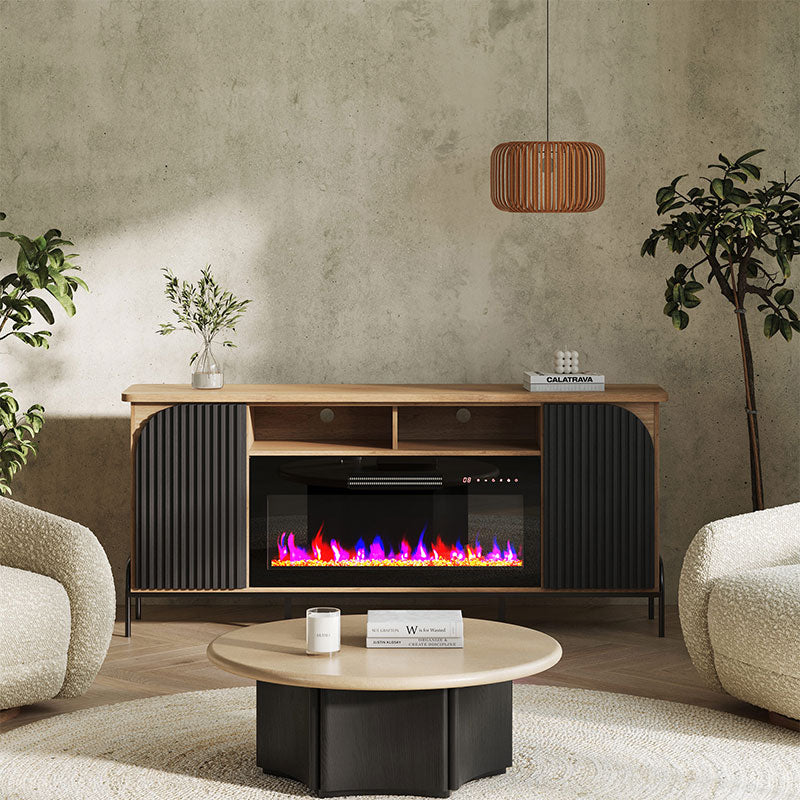



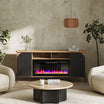

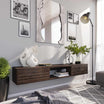


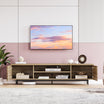

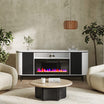
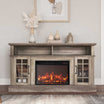
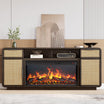
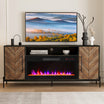

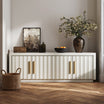
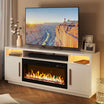
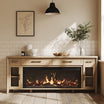
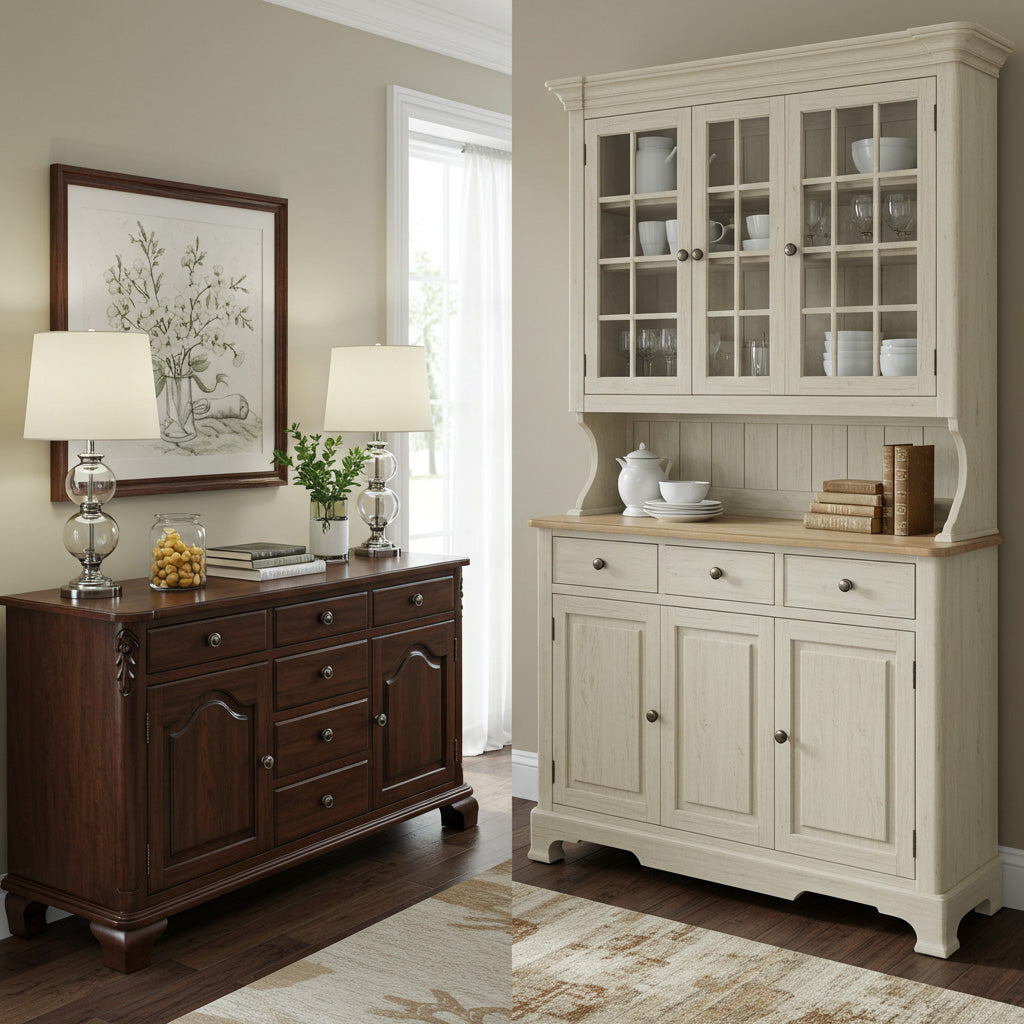




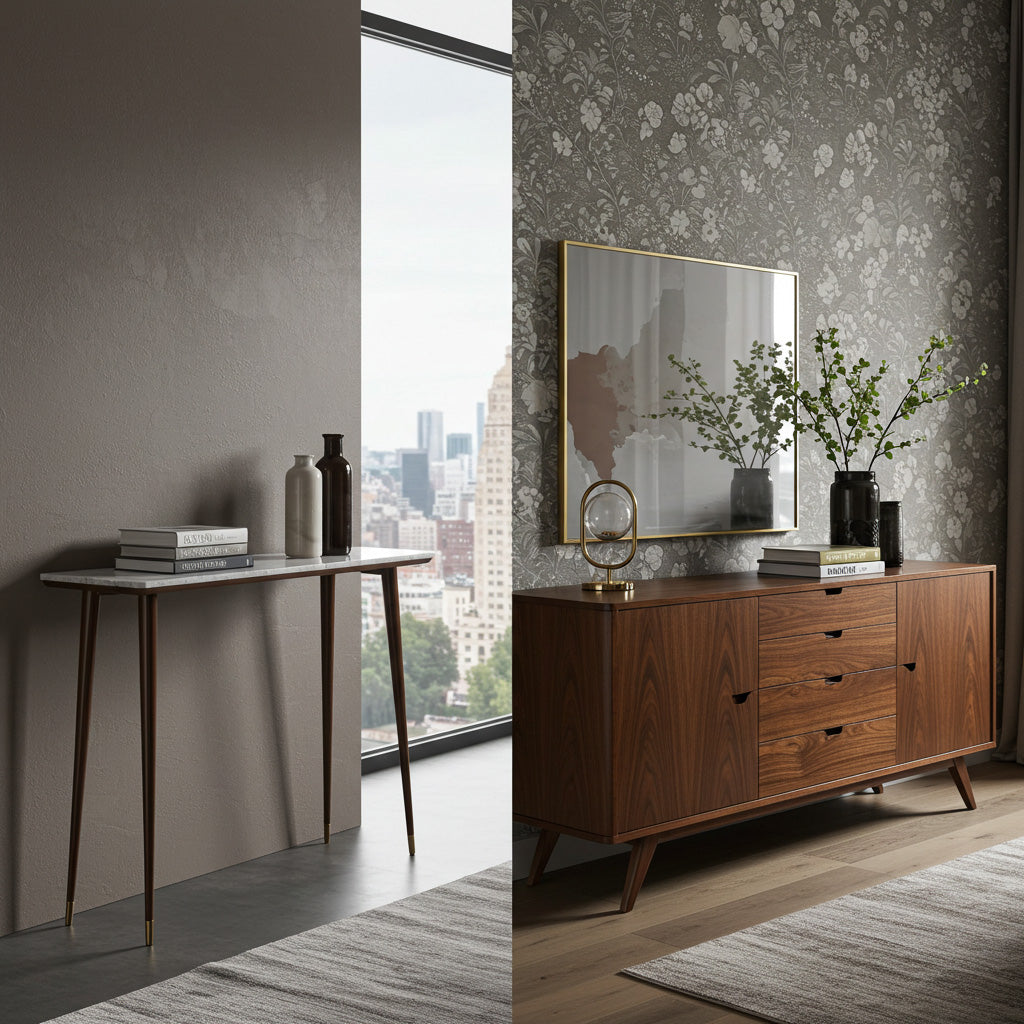
Leave a comment
This site is protected by hCaptcha and the hCaptcha Privacy Policy and Terms of Service apply.